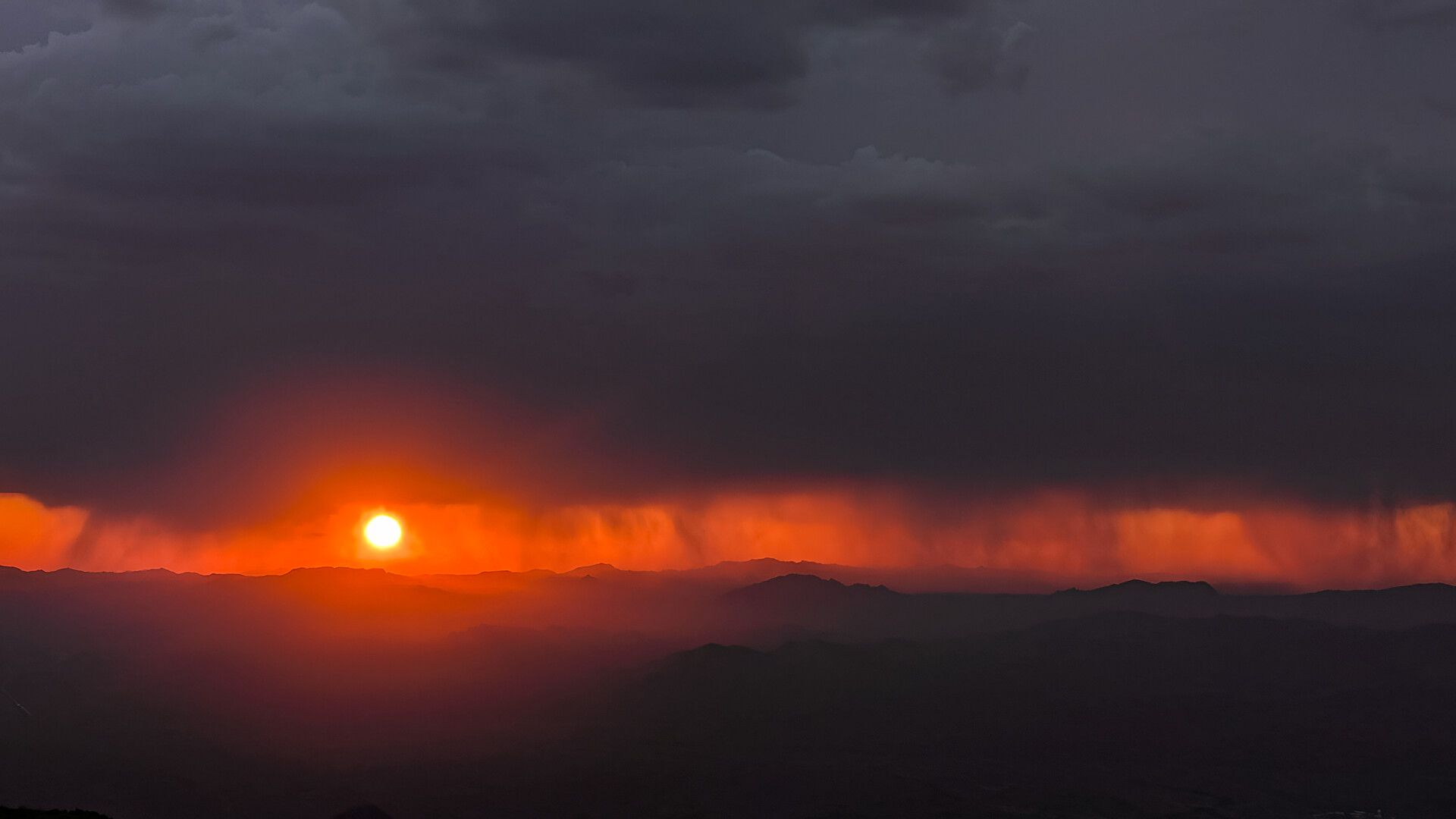Copyright Newsweek

Hundreds of thousands of old oil and gas wells are spread across Pennsylvania, and some could be leaking harmful chemicals into the atmosphere and groundwater. This is the warning of research led by Penn State geochemists who surveyed 18 abandoned wells in and near the Allegheny National Forest to find they were causing harm from being left uncapped, exposed to air and erosion and breaking down. “We found abandoned oil and gas wells were leaking methane into groundwater, creating hazardous changes to water quality,” study author Samuel Shaheen of University of Minnesota, who completed his geosciences doctorate at Penn State, told Newsweek. The researchers also discovered some of the sites’ groundwater showed high concentrations of dissolved iron and arsenic. Methane—a powerful greenhouse gas that traps more heat than carbon dioxide—interacted with the rock near wellbores to release metals into groundwater, according to the team. Their findings are representative of an even bigger issue across the U.S. “These wells are considered abandoned or orphaned (we don’t even know who drilled it in the first place). Many of these wells were drilled 100+ years ago, when there were very loose laws and regulations surrounding what to do with oil and gas wells when they stopped producing oil and gas,” Shaheen explained. “They would often just plug these wells with tree stumps or rocks, whereas modern well plugging operations will use concrete. Most of these oil and gas wells were also built in an era where there was less attention to protecting groundwater in the first place, so there are fewer safeguards in place to prevent leakage as the wells break down compared to the construction of a modern oil and gas well.” The collaborative research team also collected and analyzed 36 samples of water near wellbores and from streams and underground aquifers over the course of between one to seven visits to each site. They found some of the sampled sites had an abundance of methanotrophs—microorganisms that consume methane—while others had an abundance of methanogens, which generate methane. Sites with more methanotrophs also had high amounts of dissolved metals in the groundwater. One-sixth of the samples were over the Environmental Protection Agency’s (EPA) limit for arsenic in drinking water and over half were over the EPA’s limit for iron in drinking water, the team said. “We already knew these wells can break down above ground, where they leak methane (a major greenhouse gas) to the atmosphere and can contribute to climate change. What we showed here is old oil and gas wells that break down underground can be a risk to groundwater quality, particularly by leaking methane into the groundwater rather than the air,” said Shaheen. “There’s also lots and lots of these abandoned oil and wells-probably 300,000 in Pennsylvania, 3 million in the United States, and several million more worldwide. Not all of them will leak to the atmosphere or groundwater, but the sheer number makes it hard to monitor these wells carefully. “These wells are starting to become a real problem in Texas, for example.” This poses a threat to environmental, animal and human health. “If humans are getting their water source from groundwater wells (which is very common in the rural areas nearby our study area), these leaking oil and gas wells could impair the quality of the water in that drinking water well,” Shaheen explained. “Methane is non-toxic, but if a lot builds up in groundwater it is very flammable and can create explosion hazards. Our results suggest the main risk would be arsenic contamination, which results from the methane that leaks from the oil and gas wells interacting with the rock and microorganisms living in the aquifer. “These oil and gas wells can also leak groundwater up to the surface, where it could impair streams.” The team even spotted deer hoofprints in the mud nearby these old wells because they like to drink the salty water leaking out. Shaheen said the U.S. government has funded $4.7 billion for plugging orphan oil and gas wells in the 2021 Infrastructure Investment and Jobs Act, which has helped state agencies plug more old oil and gas wells each year. However, he added, “The more we drill for oil and gas, the more wells will be left behind, so it’s important to pay attention to how we plug the wells when they’re done producing so we can protect the air and the water. Modern oil and gas operators in the U.S. should be good at plugging the wells properly when they stop producing, but the same standards may not be true worldwide. “With the money to plug these wells currently limited, government agencies need to consider which wells they prioritize for plugging. We have a lot less information about what these old oil and gas wells are doing to groundwater, so hopefully our study can help government agencies and local citizens figure out the overall environmental and health risks of these wells.” Do you have a tip on a science story that Newsweek should be covering? Do you have a question about these wells? Let us know via science@newsweek.com. Reference



